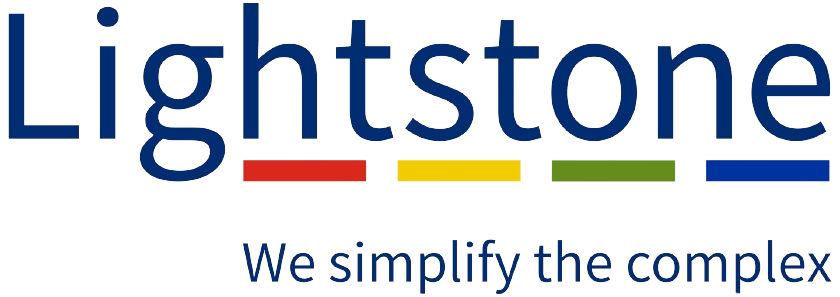Is there a link between a province’s GDP and the volume and value of residential property transactions? Should a larger population suggest more housing transactions? And is there a connection between HPI and provincial governance?
We thought we’d take a slightly different look at the key property market indicators in 2025, add provincial population and GDP percentages to the mix as well as provincial governance scores from Good Governance Africa.
Lightstone’s residential property market dashboard in mid-2025 – all provinces

Although the full table makes interesting reading, we have focused on the Western Cape, Gauteng and Limpopo.
Three provincial property market takeaways in 2025

Western Cape is the standout province
Data from the Western Cape (WC) signals what is possible countrywide with better governance and economic growth. The province comes out top in the 2024 Governance Performance Index (GPI) by Good Governance Africa (GGA), which assesses local municipalities and aggregates results by province. Although the Western Cape’s GDP is significantly less than Gauteng’s and is just short of KwaZulu-Natal, the province consistently demonstrates strong business confidence and growth in sectors such as agriculture, finance, business services – and real estate.

GDP in the Western Cape is just under 14% (3rd largest) and the province is home to 12% (3rd most) of the country’s people, but accounts for 18% of the volume of property transactions, and approaching 31% of the value. More significantly though, the value of transactions is just 6% behind Gauteng compared to a 16% volume deficit, and Western Cape’s GDP is just under half that of Gauteng’s.
HPI is second highest in the country at 5.67% and this after a period of sustained upward pressure. All in all, the data suggests consumer confidence in the Western Cape is driving the residential property market volume and value upwards.
Gauteng is still the biggest though, and South Africa’s economic engine
Gauteng accounted for the largest slice of both property transaction volumes (34%) and values (37%) in absolute terms, but the percentage comparisons are much closer to GDP at 33% and population (25%) than the WC. Gauteng comes in third in governance and scores poorly in HPI, in 8th place ahead only of Free State.

While the data confirms Gauteng is the country’s economic engine and accounts for most people, volume and value of transactions and GDP in percentage terms, its poor HPI score and modest GPI score see it fall short of the ratios the WC records.
Limpopo leads HPI
Limpopo is the hottest province currently with property inflation at 6.82%, fueled by transactions in towns like Hoedspruit and Maruleng where there has been strong demand for holiday homes, safari properties, and semi-rural living.

So while Limpopo is at the low end when it comes to volume and value, and mid-low in terms of population, GDP and GPI, its unique bushveld product pushes property inflation higher than the in-demand Western Cape.
Latest / current provincial property inflation status

We have previously reported that approximately 15% of Limpopo’s population lives in property registered at the Deeds Office, reflecting a huge informal and tribal-land-based housing market that is underserved and under registered. This “property drought” limits supply in the formal segment, contributing to inflation as demand outpaces legal and serviced housing availability.

